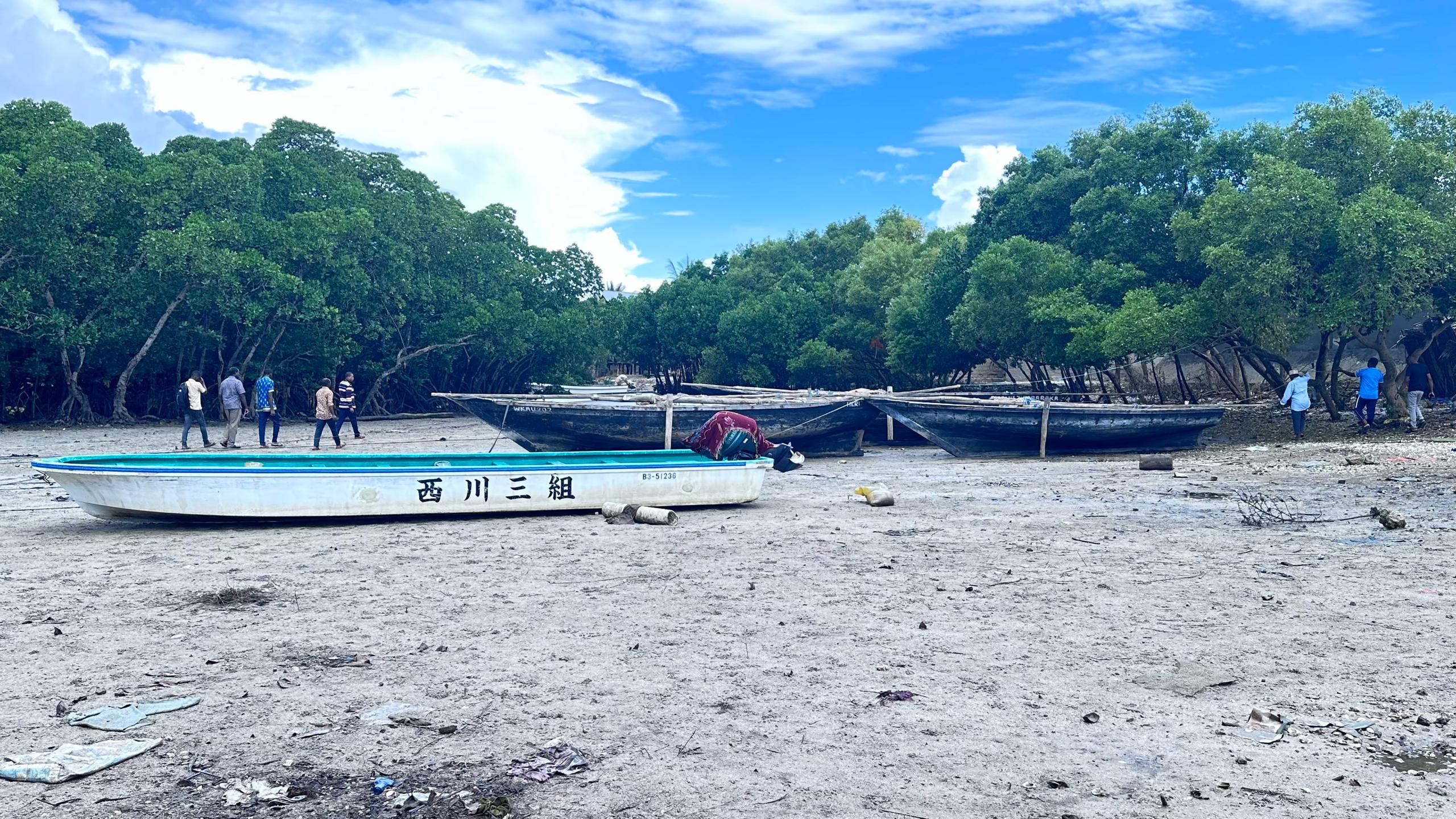Strengthening Conservation and Climate Resilience on Tumbatu Island, Zanzibar, Tanzania.

General Introduction:
Tumbatu Island, located within the Tumbatu Marine Conservation Area (TUMCA), is a critical biodiversity hotspot in Zanzibar, Tanzania. Established as a marine protected area (MPA) in 2014, TUMCA spans 162.9 km² and aims to conserve marine ecosystems while promoting sustainable fishing practices. The island boasts diverse habitats, including extensive mangroves, multi-species seagrass beds, coral reefs, and terrestrial forests that support endangered species like green sea turtles and Eastern tree hyrax. These ecosystems provide vital services to local communities, sustaining livelihoods through artisanal fishing, gleaning, and small-scale businesses while offering natural protection against climate hazards such as sea level rise. However, Tumbatu faces significant challenges like overfishing, habitat degradation, mangrove loss, and the impacts of climate change, threatening both biodiversity and community resilience.
This project aims to address these challenges by emphasizing participatory conservation through co-management frameworks such as Local Marine Management Areas (LMMA) led by Shehia Fishers Committees (SFCs). These initiatives aim to balance resource use with biodiversity conservation while empowering local communities to manage their natural resources sustainably. Addressing these requires integrated strategies that combine effective management plans, community engagement, alternative livelihoods development, and climate change adaptation measures to ensure long-term ecological and socio-economic stability for Tumbatu Island. Key stakeholders include the Ministry of Blue Economy and Fisheries and the Department of Marine Conservation, alongside local leadership.
